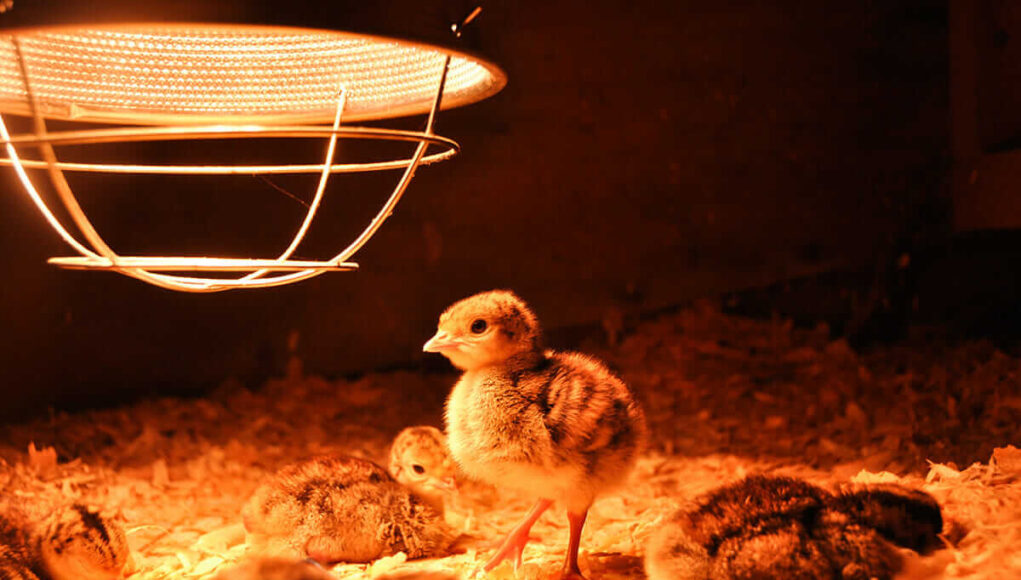The chick brooder to coop transition is a crucial phase in the life of your young chickens. This transition signifies their growth and readiness to join the larger flock in the coop. It’s important to plan this move carefully to ensure the health and safety of the birds. In this article, we will walk you through the step-by-step process of moving chicks from the brooder to the coop.

Why Timing Matters in the Transition
Timing plays a significant role in the transition from a chick brooder to a coop. Chicks need to be at least six weeks old and fully feathered before they can leave the brooder. This ensures they can regulate their body temperature and are more resilient to the outdoor environment.
Signs Your Chicks Are Ready
Before making the transition, observe your chicks for signs of readiness. Look for full feathering, increased activity levels, and the ability to fly short distances. These indicators suggest that your chicks are prepared to handle the new environment of the coop.
Preparing the Coop for New Arrivals
Before you move your chicks, make sure the coop is ready to receive them. Clean and disinfect the coop to eliminate any potential pathogens. Ensure that the coop is secure, with no holes or gaps that predators could exploit.
Setting Up a Safe Environment
It’s crucial to provide a safe and comfortable environment for your chicks in the coop. Install appropriate bedding and ensure that there is adequate ventilation. Consider adding a heat source if the nights are still cold.
Gradual Introduction to the Coop
Introduce your chicks to the coop gradually. Start by allowing them to spend a few hours in the coop during the day while returning them to the brooder at night. This gradual approach helps them acclimate to the new surroundings without stress.
Monitoring the Chicks
Keep a close eye on your chicks during the transition. Observe their behavior and health closely. Look out for signs of stress or illness, such as lethargy or loss of appetite. Prompt intervention can prevent any potential issues from escalating.
Integrating Chicks with the Existing Flock
The final step in the chick brooder to coop transition is integrating the young birds with the existing flock. This requires careful planning to prevent aggression or bullying.
Using Barriers for Safety
Consider using a temporary barrier within the coop to separate the young chicks from the older birds. This allows them to see and interact with each other without direct contact, reducing the risk of bullying.
Providing the Right Nutrition
Ensure that your chicks have access to the right nutrition during and after the transition. Provide a high-quality starter feed that meets their dietary needs. Gradually introduce them to the regular feed of the flock.
Watering and Feeding Solutions
Ensure that your chicks have access to clean water and food at all times. Use feeders and waterers that are appropriate for their size to prevent contamination and waste.
Ensuring a Comfortable Environment
Maintaining a comfortable environment in the coop is vital for your chicks’ well-being. Monitor the temperature and humidity levels regularly to ensure they are within the optimal range.
Lighting and Temperature
Provide adequate lighting and maintain a consistent temperature in the coop. Use natural daylight whenever possible and supplement with artificial lighting if necessary.
Common Challenges and Solutions
Despite careful planning, you may encounter some challenges during the chick brooder to coop transition. Understanding these challenges and having solutions ready can make the process smoother.
Dealing with Bullying
If bullying occurs, separate the aggressive birds temporarily and reintroduce them gradually. Provide multiple feeding and watering stations to reduce competition.
Health Monitoring and Care
Regular health monitoring is essential during the transition. Check the chicks for signs of illness or injury and seek veterinary assistance if necessary.
Implementing Biosecurity Measures
Implement strict biosecurity measures to prevent the introduction of diseases into your flock. Limit access to the coop and ensure that visitors follow hygiene protocols.
Transitioning to a New Routine
As your chicks settle into their new home, establish a routine that includes regular feeding, cleaning, and health checks. Consistency is key to ensuring their well-being.
Creating a Safe Playground
Provide a safe and stimulating environment for your chicks to explore. Add perches, dust baths, and toys to keep them active and engaged.
Conclusion: Embracing the Journey
The chick brooder to coop transition is an exciting journey that marks the growth and development of your young birds. With careful planning and attention to detail, you can ensure a smooth and successful transition that sets them up for a healthy and happy life in the coop.

FAQs
When should I transition my chicks to the coop?
Chicks should be transitioned to the coop when they are fully feathered, typically around six weeks of age.
How can I prevent bullying during the transition?
Use temporary barriers to separate young chicks from the older flock members and provide multiple feeding stations.
What should I do if my chicks show signs of stress?
If your chicks show signs of stress, such as lethargy or loss of appetite, ensure their environment is comfortable and consult a veterinarian if needed.
For more information on preparing your chicks for the transition, visit MSU Extension. Additionally, learn about when to introduce grit to your chicks or explore keeping feed dry in the brooder to ensure their health and well-being.
This article contains affiliate links. We may earn a commission at no extra cost to you.











